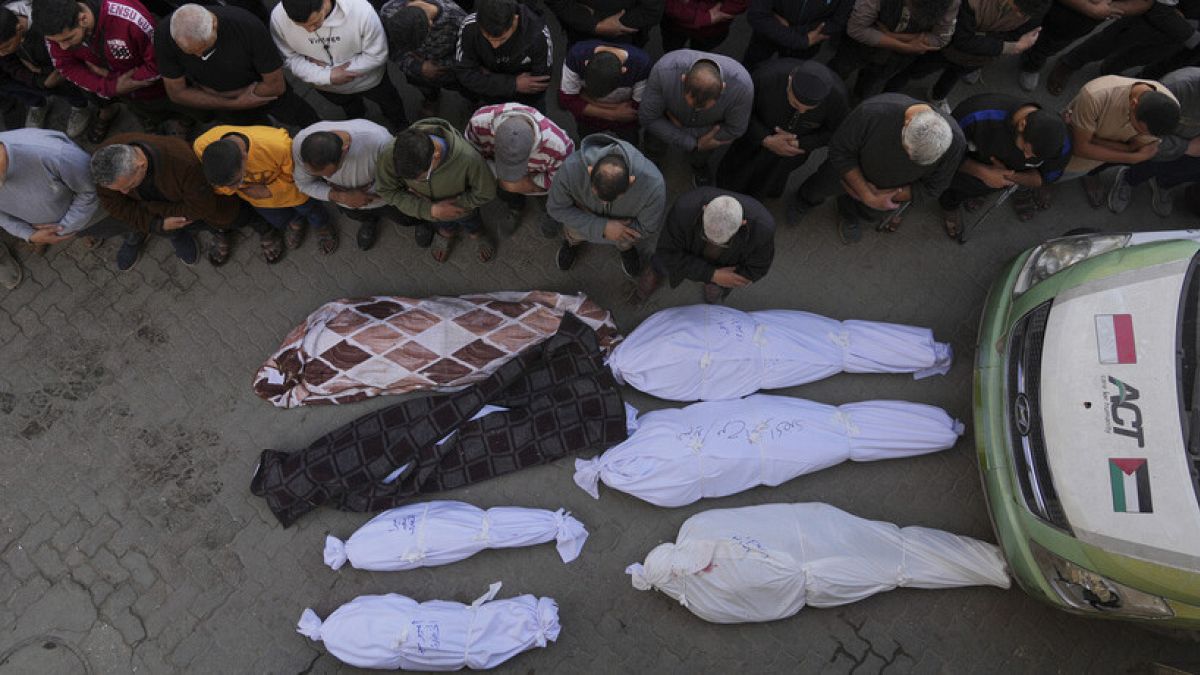Predicting the future has become increasingly difficult. The pace of global change is so rapid that events which once unfolded over decades now take place within a single year. While the equidistance of these shifts is hard to pinpoint, there are key people, trends, and events worth watching in 2025.
Trump and Musk: A Political Tandem Unlike Any Other
The emergence of US President-elect Donald Trump and South African-born billionaire Elon Musk as the dominant figures in American leadership has created a unique and unpredictable political pairing. Trump’s mercantilist, isolationist instincts are now paired with Musk’s techno-utopian worldview and unorthodox approach to power.
Trump is a leader who prefers to dictate to allies and negotiate with adversaries, though his “deals” are often simplistic. Musk, on the other hand, has no qualms about mocking global leaders, particularly those within the American orbit. His vast wealth, futuristic vision, and belief in being at the forefront of political innovation give him the confidence to act like the ruler of the universe.
This combination of Reagan-era realism, libertarian disruption, and techno-optimism has created a volatile cocktail. A conflict between the two egos—both prone to narcissism—seems inevitable, though how it unfolds could reshape global politics.
Europe: Fragmentation and Contradiction
European politics continue to fragment, with unstable party systems and reactive policies dominating the landscape. Governments struggle to address crises while clinging to outdated ideologies, creating contradictory strategies.
This instability is compounded by growing American interference in Western Europe’s internal affairs. Trump’s administration appears even more reckless in its willingness to meddle, while Musk’s unpredictable influence adds a new dimension to transatlantic relations. European NATO and EU member states, torn between reacting to immediate challenges and addressing long-term concerns, risk further disarray.
Middle East: Rising Tensions and Experimentation
In Syria, radical Islamist factions are attempting to project an image of “normality” as they consolidate power. Meanwhile, external powers cautiously engage with these forces, pretending to trust them. Syria appears to be the site of yet another experiment, this time in balancing regional interests by “normalizing” previously extreme groups. Success, however, is far from guaranteed.
The region’s most volatile flashpoint remains the escalating tension between Israel and Iran. With Tehran’s regional allies weakened or gone and Israel emboldened, the possibility of an Israeli strike on Iran’s nuclear facilities is growing. Such an act—likely with US backing—could trigger a wider regional conflict. Conversely, Tehran may accelerate its nuclear program in response, raising the stakes further.
BRICS at a Crossroads
The BRICS bloc achieved significant momentum under Russia’s chairmanship in 2024, highlighted by the landmark Kazan Summit. However, with Brazil now leading, the group faces a pivotal moment.
For Brazil, BRICS is a secondary priority—a platform to support broader diplomatic ambitions rather than a cornerstone of foreign policy. Whether the group maintains its recent momentum or falters will determine its relevance in an increasingly polarized world.
Economic Sanctions as a Weapon
Trump’s return to the White House brings a new chapter in the US-EU sanctions regime. While the previous administration focused on political motives, Trump’s team appears intent on leveraging economic sanctions to tilt the playing field in America’s favor.
This approach will not replace politically driven sanctions, but it will add another layer to an already saturated agenda. The result is likely to be a denser network of economic measures targeting an expanding circle of actors, with significant implications for global trade dynamics.
The Decline of International Institutions
The influence of global governance structures is in decline. Ad hoc decisions driven by the short-term interests of specific powers are increasingly replacing the traditional frameworks of multilateralism.
While this trend won’t necessarily lead to chaos, it does erode the degree of order in global relations. Regional dynamics and neighborly ties are becoming more critical as countries prioritize immediate concerns over broader global cooperation.
Russia’s Focus on Survival
For Russia, 2025 is about two overarching goals: completing its military campaign in Ukraine and ensuring domestic stability. The government’s foreign policy remains firmly focused on Eurasia, with neighboring countries serving as its primary arena of influence.
Against the backdrop of growing global confusion and fragmentation, Russia’s strategy emphasizes socio-economic resilience while carefully choosing where to focus its international efforts.
A World in Transition
The trends of 2025 paint a picture of a world in flux. The dominance of short-termism, the rise of regional rivalries, and the ambitions of individual leaders are reshaping the global order. Traditional international institutions continue to lose relevance, while regional alliances gain importance in an increasingly fractured environment.
Europe faces political fragmentation and policy contradictions, while the US under Trump and Musk redefines its role in global politics. In the Middle East, escalating tensions between Israel and Iran and the evolving situation in Syria pose new challenges. Meanwhile, the BRICS bloc must navigate a critical moment to secure its relevance, and Washington appears poised to weaponize economic sanctions like never before.
For Russia, survival hinges on its ability to adapt to these shifting dynamics while maintaining domestic stability and regional influence. As the world enters 2025, it does so with as much uncertainty as promise—a testament to the unprecedented pace of change in our time.

 2 months ago
20
2 months ago
20









 We deliver critical software at unparalleled value and speed to help your business thrive
We deliver critical software at unparalleled value and speed to help your business thrive






 English (US) ·
English (US) ·